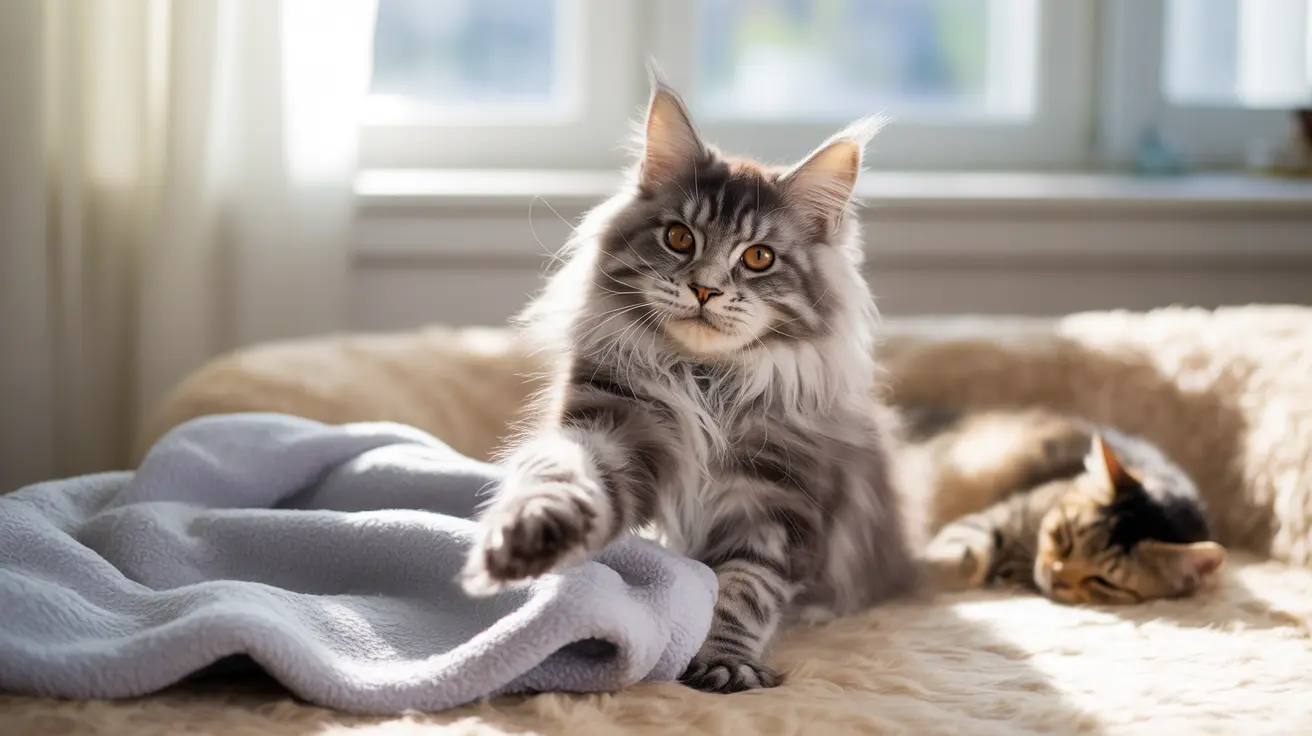When one of your normally friendly cats suddenly turns aggressive toward their feline housemate after a vet visit, you're likely experiencing feline non-recognition aggression. This perplexing behavior can be distressing for both cats and their owners, but understanding how long it typically lasts and how to manage it can help restore harmony to your household.
In this comprehensive guide, we'll explore the duration of feline non-recognition aggression, its causes, and effective management strategies to help your cats return to their normal, peaceful relationship.
Understanding the Timeline of Feline Non-Recognition Aggression
Feline non-recognition aggression typically lasts anywhere from a few hours to several days in mild cases. However, more severe instances can persist for up to two weeks or longer, especially if not properly managed. The duration largely depends on factors such as the intensity of the scent change, the cats' individual temperaments, and how the reintroduction process is handled.
Key Factors Affecting Duration
Scent Changes and Environmental Factors
The primary trigger for non-recognition aggression is an altered scent on the returning cat. The stronger the unfamiliar smell (from veterinary products, medications, or other animals), the longer it may take for the resident cat to accept their companion again.
Individual Cat Personalities
Some cats are more sensitive to changes than others. More territorial or anxious cats may take longer to adjust, while easy-going cats might recover their relationships more quickly.
Managing Non-Recognition Aggression
Immediate Response
When non-recognition aggression occurs, separate the cats immediately using different rooms or levels of your home. This prevents escalation and allows both cats to calm down in a safe space.
Gradual Reintroduction Process
A methodical reintroduction process is crucial for successful resolution:
- Start with scent exchange using shared blankets or towels
- Progress to visual contact through a baby gate or cracked door
- Allow supervised interaction only when both cats show calm behavior
- Increase interaction time gradually as tolerance improves
Prevention Strategies
To minimize the risk and duration of non-recognition aggression:
- Use familiar bedding in carriers during vet visits
- Consider scheduling separate vet appointments for multiple cats
- Use feline pheromone products in your home
- Maintain a consistent routine and environment
When to Seek Professional Help
If non-recognition aggression persists beyond two weeks despite following proper management techniques, or if the aggression is severe, consult a certified feline behaviorist. Professional intervention can provide specialized strategies tailored to your cats' specific situation.
Frequently Asked Questions
How long does feline non-recognition aggression typically last after a cat returns from the vet?
The duration varies but typically ranges from a few hours to several days. In more severe cases, it can last up to two weeks or longer if not properly managed.
What are the most effective steps to manage and end non-recognition aggression between my cats?
The most effective steps include immediate separation, gradual reintroduction using scent exchange, controlled visual contact, and supervised interactions. Using pheromone products and maintaining a calm environment also helps.
Why does my cat suddenly act aggressive towards their housemate after coming home smelling different?
Cats rely heavily on scent for recognition. When a cat returns home with unfamiliar smells from the vet or groomer, their housemate may not recognize them and perceive them as a threat.
How can I prevent feline non-recognition aggression before and after vet visits or grooming?
Prevention strategies include using familiar bedding in carriers, minimizing exposure to strong scents at the vet, and implementing a gradual reintroduction process after returning home.
What signs indicate non-recognition aggression, and when should I seek professional help?
Signs include hissing, growling, chasing, or fighting between previously friendly cats. Seek professional help if aggression persists beyond two weeks or becomes severe enough to cause injury.
Remember, patience is key when dealing with feline non-recognition aggression. Most cases resolve successfully with proper management and time, allowing your cats to return to their normal, harmonious relationship.






